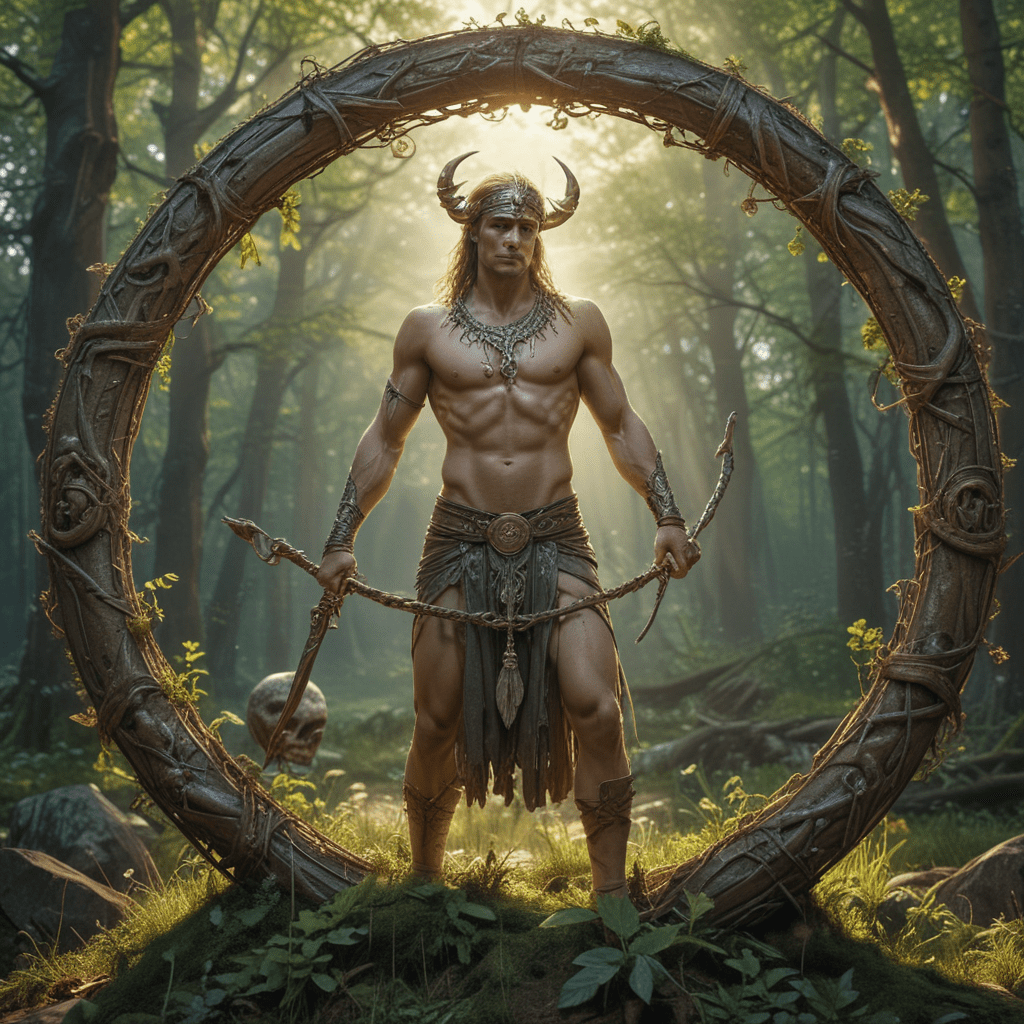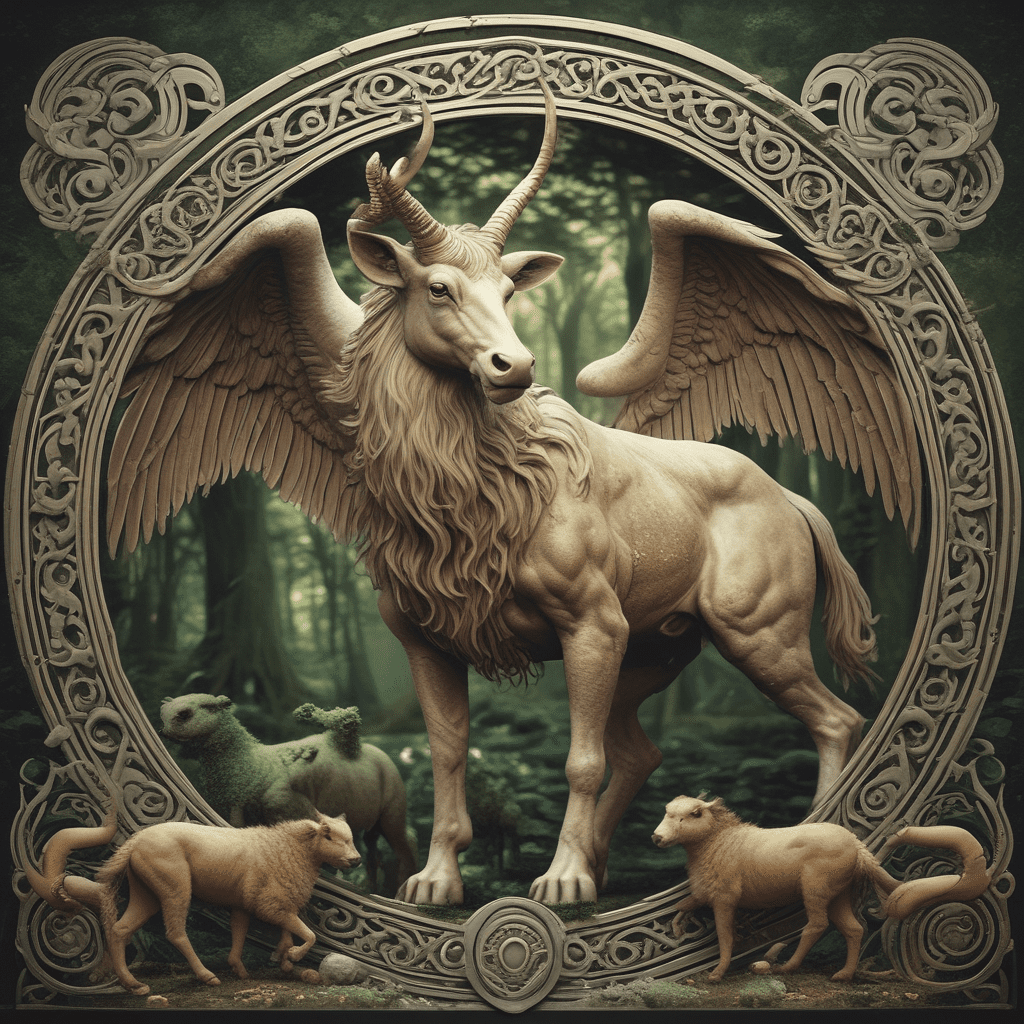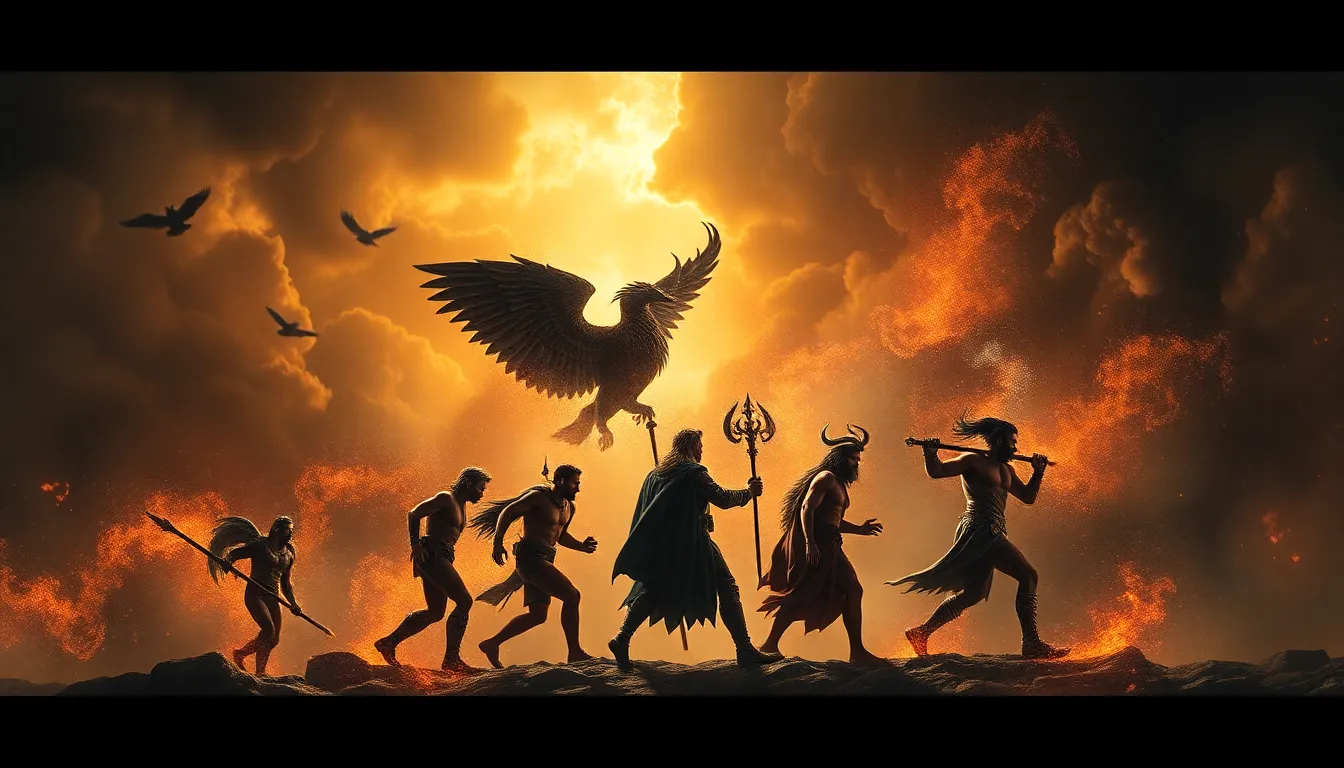The Slavic Cosmos and Beliefs about Death
In Slavic mythology, the cosmos was perceived as a multifaceted realm composed of multiple worlds, each with its distinct characteristics and inhabitants. The world of the living, known as Yav, was contrasted by the realm of the dead, called Nav. Death was not seen as an absolute end but rather as a transition from one world to another. According to Slavic beliefs, the soul, known as "dusha," did not vanish upon death but embarked on a journey to Nav.
The Importance of Ancestors and Ancestral Worship
Ancestors held a place of great reverence within Slavic culture. They were believed to continue to exist in Nav and were considered powerful protectors and guides for the living. Ancestral worship was an essential part of Slavic religious practices. Rituals and offerings were performed to honor the deceased ancestors and maintain their connection to the world of the living.
Funeral Rites and Practices: Transitioning the Soul
Slavic funeral rites were elaborate ceremonies designed to ensure the smooth transition of the soul from Yav to Nav. The body of the deceased was ritually washed and dressed in traditional clothing. Special incantations and prayers were recited to guide the soul on its journey. The burial site was often chosen near a body of water, as it was believed that the soul would cross a river to reach Nav.
The Notion of Nav, the Slavic Underworld
Nav was the realm of the dead in Slavic mythology. It was often depicted as a dark and mysterious place where the souls of the deceased resided. Nav was believed to be ruled by various deities, including Chernobog, the god of darkness and evil, and Mara, the goddess of death and winter. The souls in Nav were said to have a shadowy existence, retaining their memories and emotions from their time in Yav.
Svarog, the God of Creation and Death
Svarog was a prominent deity in Slavic mythology who was associated with both creation and death. He was considered the father of the gods and the creator of the world. Svarog was also believed to be the lord of fire and metalworking. His role in death stemmed from the belief that he guided the souls of the deceased to Nav and presided over their judgment.
VI. Triglav, the Slavic God of Death and the Triple World
Triglav was a enigmatic deity in Slavic mythology who embodied the three realms of the Slavic cosmos: Yav, Nav, and Prav. He was associated with death, fertility, and the cyclical nature of life and rebirth. Triglav's iconography often depicts him with three heads, representing his dominion over the three worlds. He was believed to arbitrate the balance between Yav and Nav, determining the fate of souls as they transitioned between the worlds.
VII. Mavka, the Slavic Fairy of Death and Untimely Demise
Mavka was a captivating yet malevolent figure in Slavic folklore, often portrayed as a beautiful woman with flowing hair and emerald-green eyes. She was known as the fairy of death and untimely demise, said to lure young men to their doom in the forests. Mavka represented the dangers that lurked in nature and the tragic consequences of forbidden desires. Her tales serve as cautionary warnings against venturing too far from the path of safety.
VIII. Slavic Legends and Tales about Death and the Afterlife
Slavic mythology is replete with legends and tales that explore the themes of death, the afterlife, and the nature of existence. The story of Koschei the Deathless narrates the quest to vanquish an immortal sorcerer who conceals his soul in a distant land. The tale of Baba Yaga, a witch who dwells in a house on chicken legs, delves into the complexities of life, death, and transformation. These tales provide insights into Slavic beliefs about the journey of the soul and the mysteries of the unknown.
IX. Slavic Rituals and Customs Related to Death, Mourning, and Remembrance
Death and mourning were significant events in Slavic culture, accompanied by elaborate rituals and customs. The deceased were often buried with objects that held special meaning to them, such as jewelry or tools. Ritual wailing was performed by professional mourners to express grief and assist the soul in its transition to Nav. Commemorative feasts were held at regular intervals to honor the memory of the deceased and maintain a connection between the worlds of the living and the dead.
X. The Interplay of Slavic Mythology and Christianity in Death Beliefs
With the advent of Christianity in Slavic lands, the traditional beliefs about death and the afterlife gradually intertwined with Christian doctrine. While many pre-Christian rituals and customs persisted, they were often adapted to align with Christian beliefs. The concept of heaven and hell influenced Slavic mythology, leading to the notion of a final judgment and eternal reward or punishment after death. However, the Slavic reverence for ancestors and the belief in their continued existence in Nav remained deeply ingrained in the collective consciousness.



